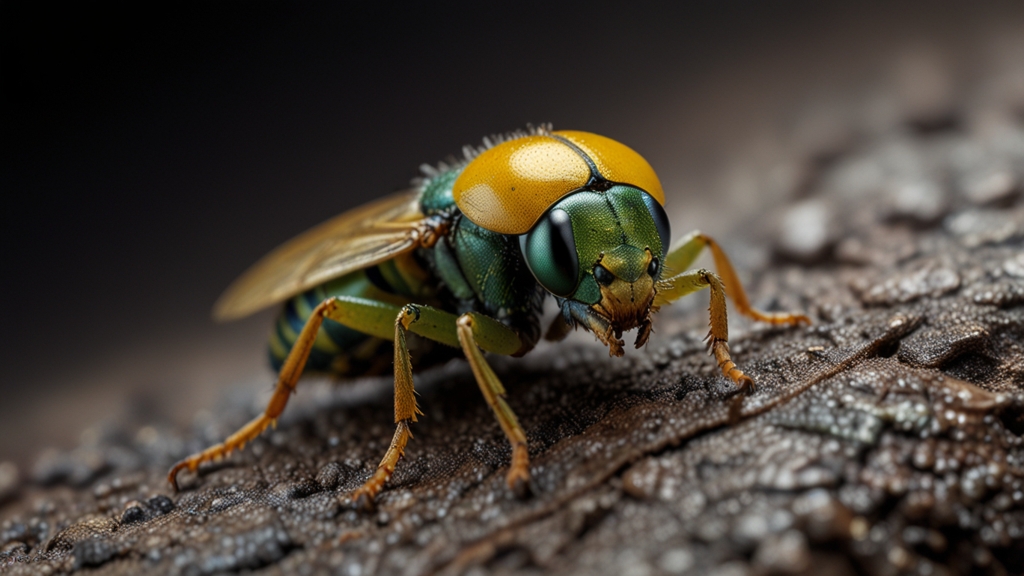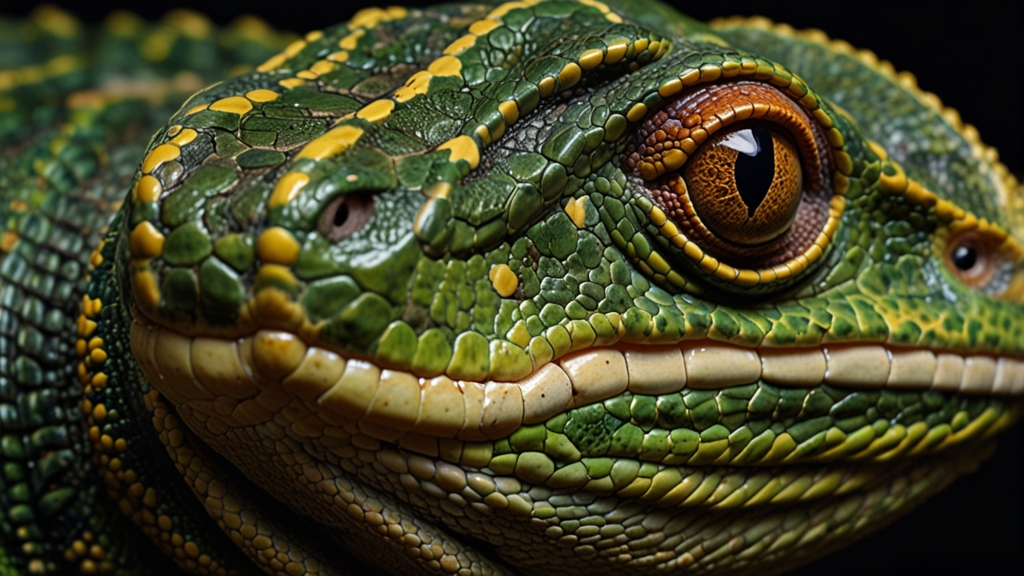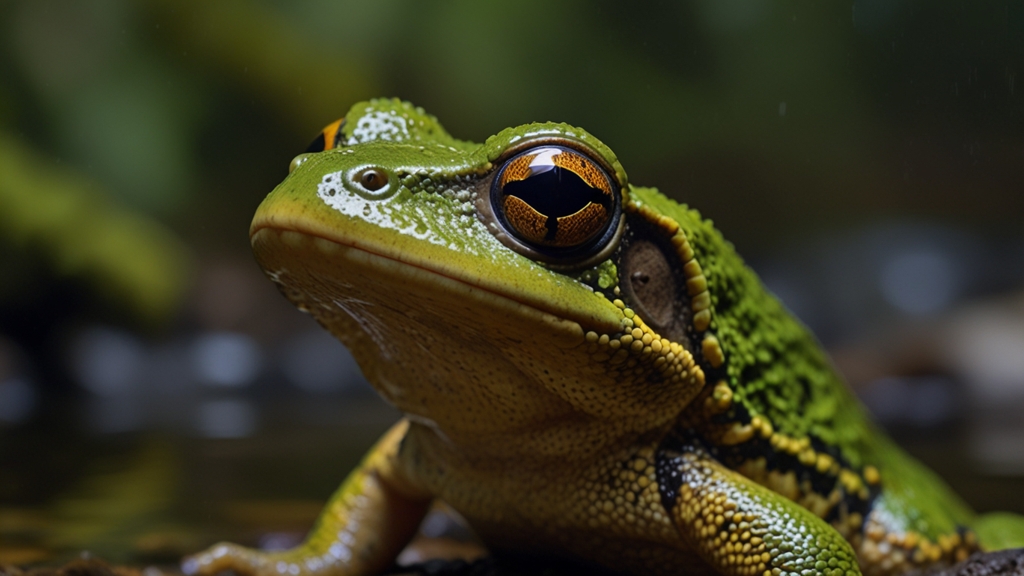Meet the Insects That Can Survive in Extreme Conditions
In the vast tapestry of life, insects dominate as some of the most versatile and adaptable creatures. They have colonized nearly every environment on Earth, from the lush canopies of rainforests to the arid wastelands of deserts. Their adaptability is nothing short of miraculous. Some insects, in particular, have evolved mechanisms that allow them to thrive in the most extreme conditions imaginable. Let's take a closer look at these extraordinary survivors.
The Arctic Woolly Bear Moth
The Arctic Woolly Bear Moth, also known as Gynaephora groenlandica, resides in one of the harshest climates on our planet: the Arctic. Unlike most insects, which complete their life cycle in a single year, this moth spends up to 14 years as a caterpillar. The Arctic's freezing temperatures are lethal to most creatures, yet the caterpillar survives by entering a state called cryostasis. It produces a natural antifreeze, glycol, which protects its cells from ice damage. Each summer, it thaws out just long enough to eat and grow a little before freezing again when winter returns.
"The Arctic Woolly Bear Moth's incredible life cycle is a testament to nature's ingenuity in the face of adversity." - Dr. Jane Smith, Entomologist
The Water Bear
Water Bears, or Tardigrades, though not insects in the traditional sense, warrant inclusion due to their incredible resilience. These microscopic animals are virtually indestructible. Tardigrades can withstand immense pressures, radiation, extreme dehydration, and temperatures ranging from just above absolute zero to over 300°F (150°C). They achieve this by entering a cryptobiotic state, where all metabolic processes shut down, allowing them to survive until favorable conditions return. They’ve even survived exposure to the vacuum of space!
Desert Beetles
In the arid expanses of the world's deserts, certain beetles like the Namib Desert beetle (Stenocara gracilipes) have evolved unique adaptations to capture water from the air. These beetles have hydrophilic and hydrophobic regions on their elytra (wing covers). During foggy mornings, they tilt their bodies to condense water droplets, which then roll down into their mouths, ensuring they stay hydrated even in bone-dry environments.
Resilient Cockroaches
Despised by many, cockroaches are impressive survivors. They can tolerate radiation doses that would be deadly to humans and can survive for a month without food. Their survival prowess extends to withstanding freezing temperatures. Some species, like the German cockroach (Blattella germanica), produce glycerol, which acts as an antifreeze to protect them from the cold. Their ears on their legs can detect slight vibrations, allowing them to evade predators swiftly.
"Cockroaches are nature's ultimate survivors, capable of adapting to extreme conditions that would be utterly inhospitable to most other life forms." - Dr. Robert Carter, Evolutionary Biologist
Conclusion
The capability of insects to endure and thrive in extreme conditions highlights the ingenuity and resilience of nature. Whether by producing antifreeze to survive Arctic winters or entering a state of suspended animation to endure the vacuum of space, these insects have evolved mechanisms that are nothing short of remarkable. Their resilience offers insights into the potential for life to adapt and survive in the most unexpected places, perhaps even beyond our planet. As we delve further into the study of these extraordinary creatures, we unlock not only the secrets of their survival but also broader understandings of biology and life's tenacity.











